Chandigarh, Shared Capital of Punjab and Haryana
Home to 1 million, Chandigarh is considered the ‘cleanest city’ in India. It also has the highest per capita income, thanks in large part to the agricultural boom since the Green Revolution of the 1960s in both Punjab and Haryana states of northern India.
CHANDIGARH, India — Since Chandigarh is the shared capital city of both Punjab and Haryana, two farming states in northern India, many of the state government offices are located there. To replace Lahore, which became part of Pakistan during British Partition in 1947, the Indian Punjab required a new capital city. So Jawaharlal Nehru, the first prime minister of independent India, commissioned a new ‘planned’ city, designed by French architect and urban planner Le Corbusier in the 1950s. When India’s Punjab was separated in 1966, the city of Chandigarh — on the border of Punjab and Haryana — became a union territory to serve as capital of both states. Le Corbusier’s design included plenty of green spaces and art parks, helping to propel Chandigarh to a cultural capital for both Punjab and Harayana.
Click the photos below to enlarge the photo slideshow to learn more about Chandigarh and its government agencies that are focusing on water, food, and energy.
- 260 Kilometers In Four Hours :: The 260-kilometer trip from Delhi to Chandigarh, the shared capital city of both Punjab and Haryana, two farming states in northern India, is a four-hour train ride. Punjab was first split during the partition of British India in 1947 along religious lines, with the mostly Muslim western part becoming the Pakistani province of West Punjab. The mostly Sikh and Hindu eastern part became the Indian province of Punjab. India’s Punjab was again divided in 1966, this time into three parts based on linguistics: the Punjabi-speaking state of Punjab and the Hindi-speaking states of Haryana and Himachel Pradesh. (Image © J. Carl Ganter / Circle of Blue)
- On and Off :: Passengers board and disembark at frequent stops along the 260 kilometers between Delhi and Chandigarh. (Image © J. Carl Ganter / Circle of Blue)
- On The Big Screen :: Along the 260-kilometers between Delhi and Chandigarh, a window appears almost as a big screen television. (Image © J. Carl Ganter / Circle of Blue)
- Indian Farmland :: Before the Green Revolution in the mid-1960s — when chemicals and modern seeds were not available — growers in India’s northern farming states of Punjab and Haryana produced an elegant feast of native fruits, grains, and vegetables. By the late 1970s, rice and wheat had supplanted native agriculture and grain harvests dominated farm productivity. In the 1980s, Punjab and Haryana together became the largest rice and wheat producers in India. In 2011, the two states accounted for more than 23 percent of the nation’s rice and wheat crop. (Image © Aubrey Ann Parker / Circle of Blue)
- Surface Water in Haryana :: In Haryana, where snowmelt is collected in reservoirs and 42 percent of irrigation water flows to farms through an extensive network of canals, farmers still rely on groundwater from more than 600,000 wells. In Haryana, 37 percent of all electricity is consumed in pumping water for agriculture. (Image © Aubrey Ann Parker / Circle of Blue)
- Dry Winter Canals :: The monsoon season, from June to September, produces seasonal rivers that are diverted to irrigation canals. (Image © Aubrey Ann Parker / Circle of Blue)
- Chandigarh’s Rose Garden :: To replace Lahore, which became part of Pakistan during British Partition in 1947, the Indian Punjab required a new capital city. So Jawaharlal Nehru, the first prime minister of independent India, commissioned a new ‘planned’ city, designed by French architect and urban planner Le Corbusier in the 1950s. When Punjab was separated again in 1966, the city of Chandigarh, on the border of Punjab and Haryana, became a union territory to serve as capital of both states. (Image © J. Carl Ganter / Circle of Blue)
- Sprinklers in Rose Garden :: Le Corbusier’s design included plenty of green spaces and art parks, helping to propel Chandigarh to a cultural capital for both Punjab and Harayana. On a warm, sunny December afternoon, a boy jumps in the sprinkler at the 12-hectare Zakir Hussain Rose Garden, created in 1967, which contains hundreds of native and non-native species. (Image © J. Carl Ganter / Circle of Blue)
- Sukhna Lake :: Home to 1 million people, Chandigarh is considered the ‘cleanest city’ in India and has the highest per capita income. Chandigarh also has largest number of vehicles per capita, thanks in large part to the wide, well-maintained roads and parking spaces, designed by Le Corbusier, that are all over the city and ease local transport. In addition to the parks and green spaces, Le Corbusier included Sukhna Lake, a large man-made reservoir that is used solely for recreation. (Image © J. Carl Ganter / Circle of Blue)
- Feed the Geese :: Created in 1958 by damming the Sukhna Choe, a seasonal stream coming from the Shivalik Hills at the foot of the Himalayas, Chandigarh’s man-made reservoir is three square kilometers. Though visitors are not encouraged to swim in rainfed Sukhna Lake, other activities include feeding the geese and renting paddleboats that are shaped like swans. Motor boats, however, are discouraged to ensure a tranquil atmosphere that attracts families and nature lovers alike. (Image © Aubrey Ann Parker / Circle of Blue)
- Visiting from Afar :: For their visit to Chandigarh, these middle school students from Himachel Pradesh were bussed more than eight hours for a field trip, which included a sunset visit to Sukhna Lake, Chandigarh’s large man-made reservoir. Sukhna Lake has a membership-based club with lawns, a gym, a swimming pool, indoor games, and tennis courts, as well as boating, rowing, sculling, sailing, and kayaking. (Image © J. Carl Ganter / Circle of Blue)
This slideshow accompanies Scarcity in a Time of Surplus: Free Water and Energy Cause Food Waste and Power Shortage in India, the second story by Keith Schneider in Circle of Blue’s Choke Point: India series. Photos by J. Carl Ganter and Aubrey Ann Parker, Circle of Blue’s director and news editor, respectively.
Choke Point: India is produced in collaboration with the Woodrow Wilson International Center for Scholars and its China Environment Forum, with support from Skoll Global Threats Fund. The Wilson Center’s Asia Program, which provided research and technical assistance, produces substantial work on natural resource issues in India, including articles and commentaries on energy, water, and the links between natural resource constraints and stability.
Circle of Blue provides relevant, reliable, and actionable on-the-ground information about the world’s resource crises.

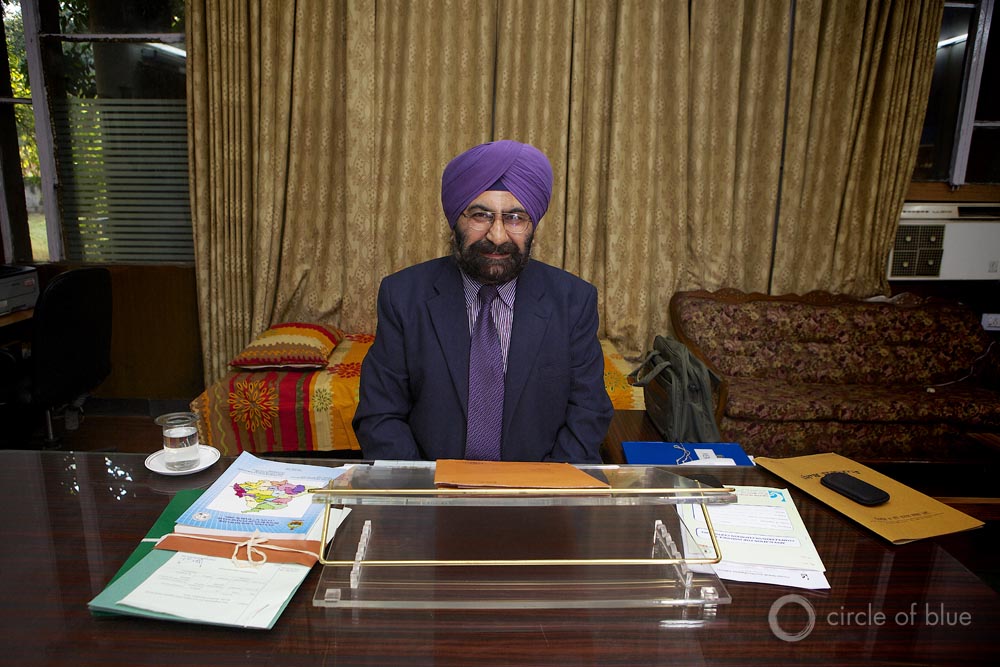

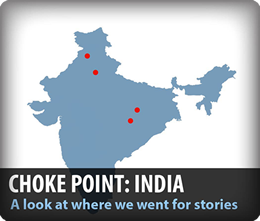
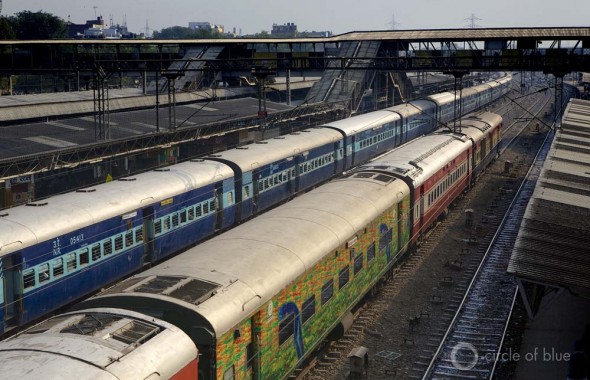

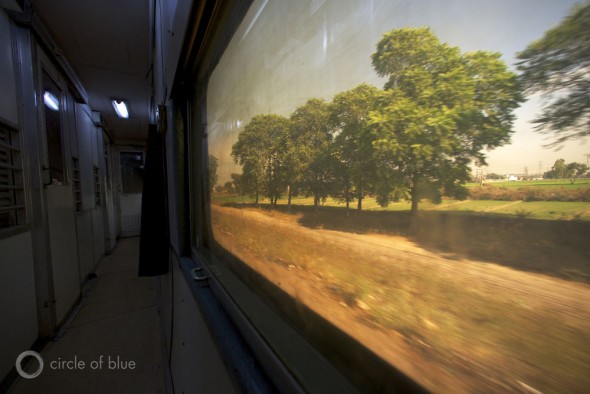
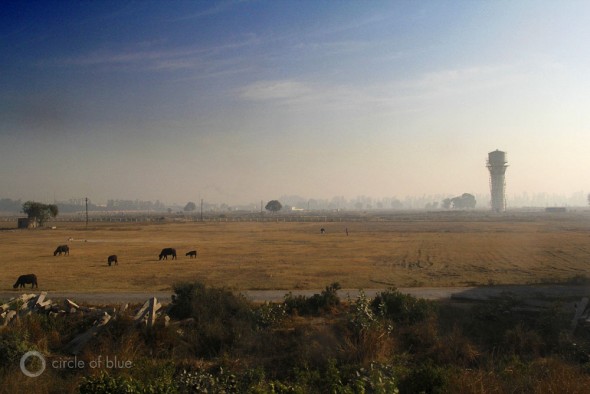
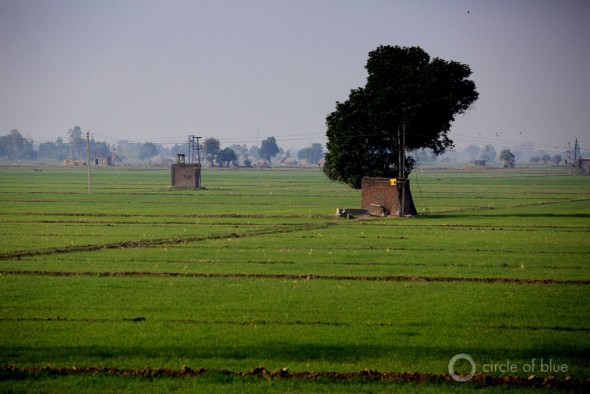
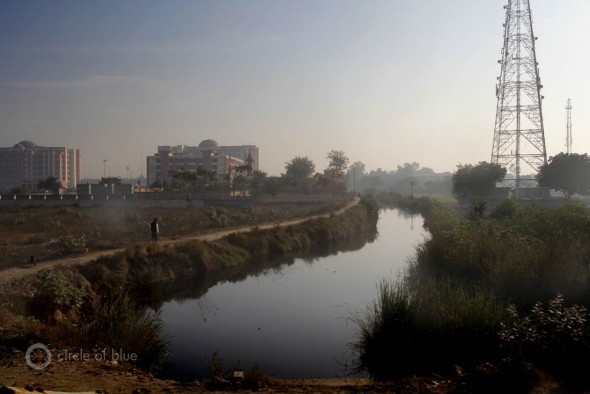
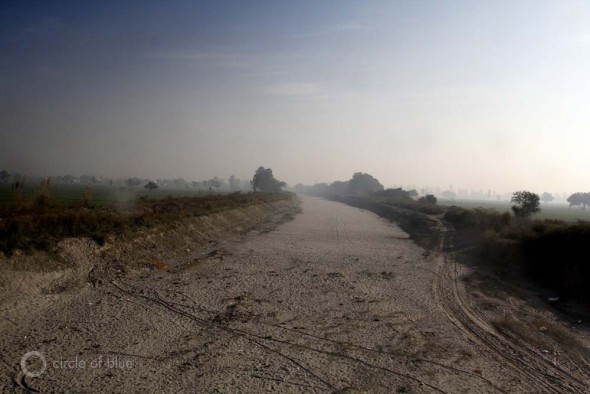
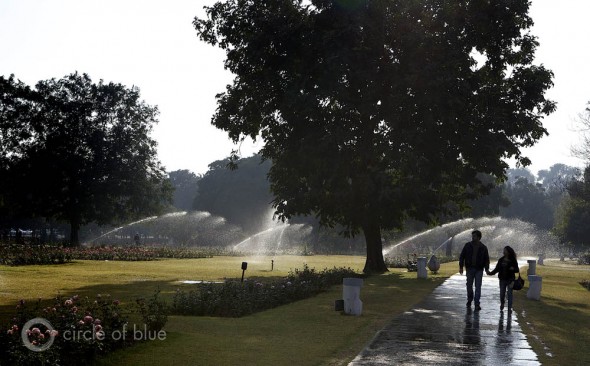

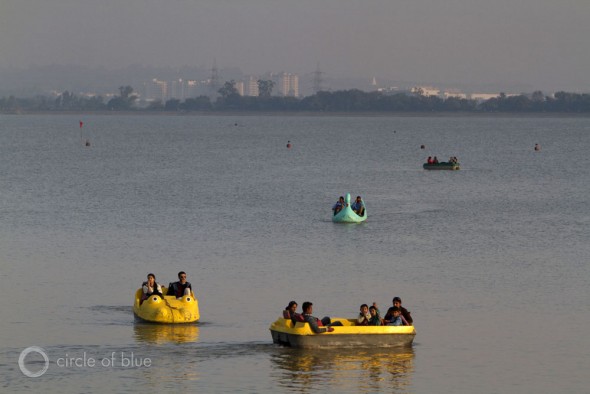

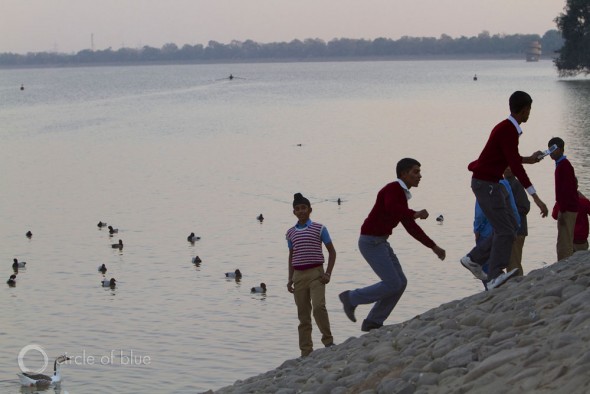
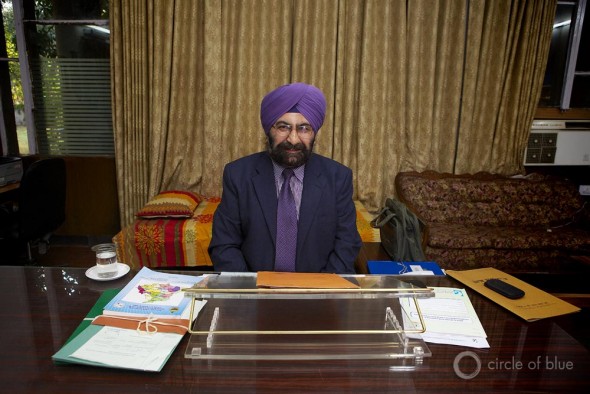
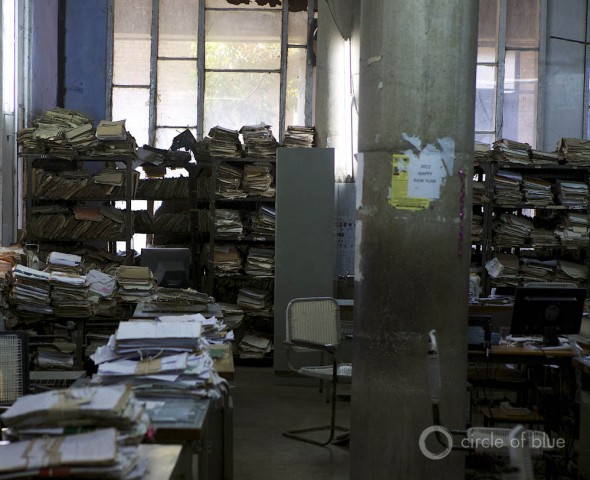


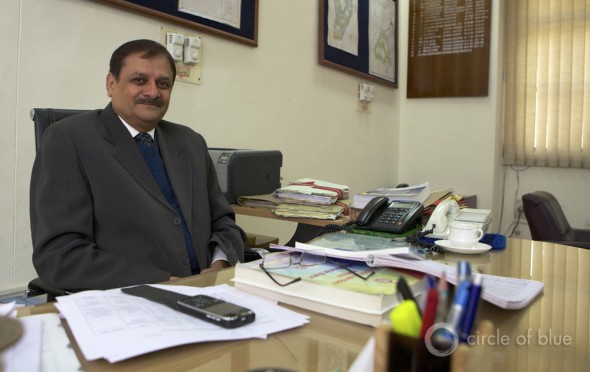
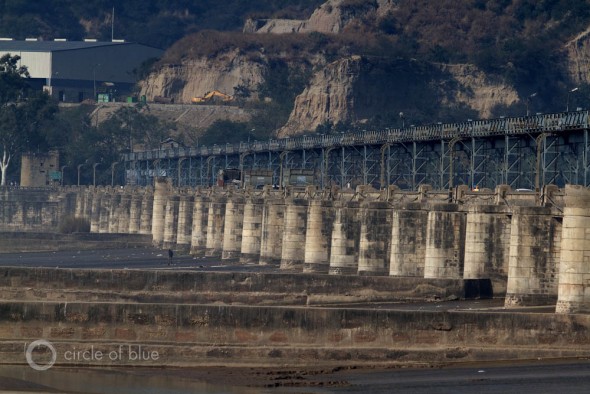
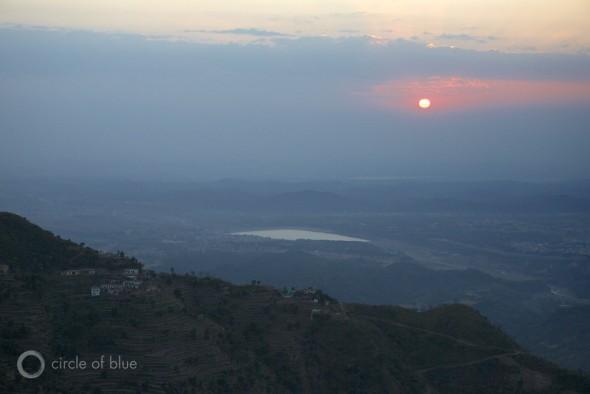
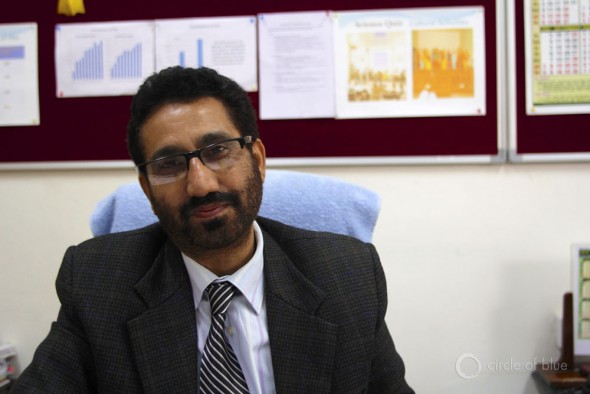

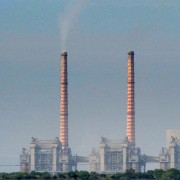
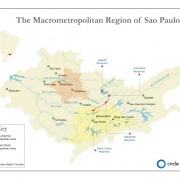
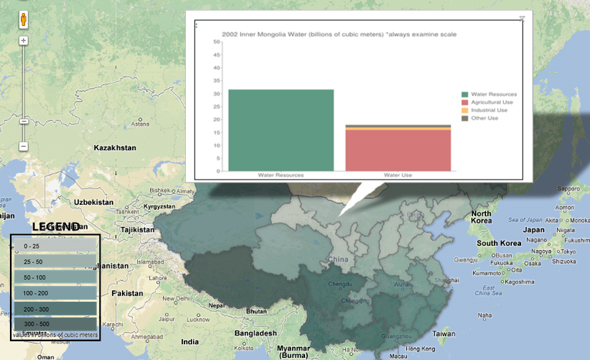
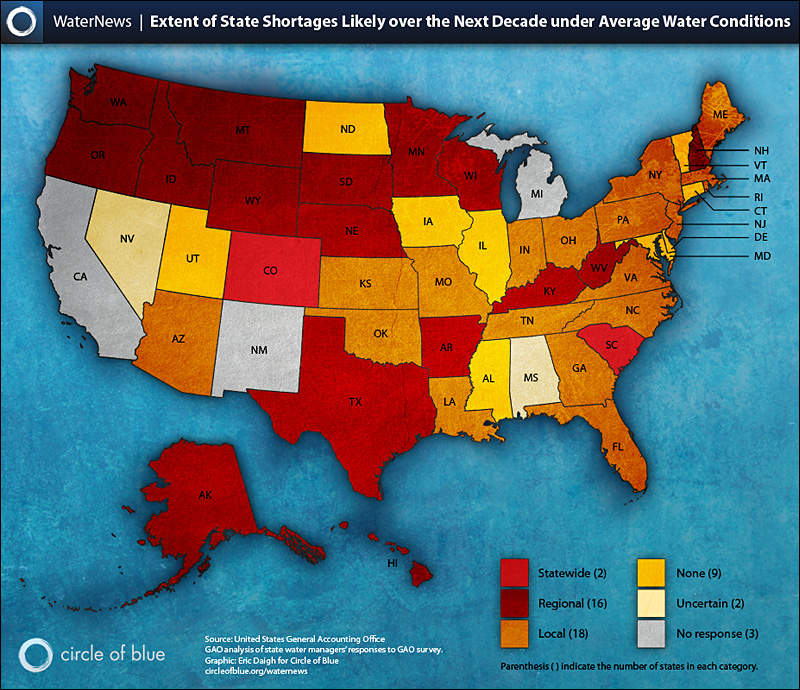



Leave a Reply
Want to join the discussion?Feel free to contribute!